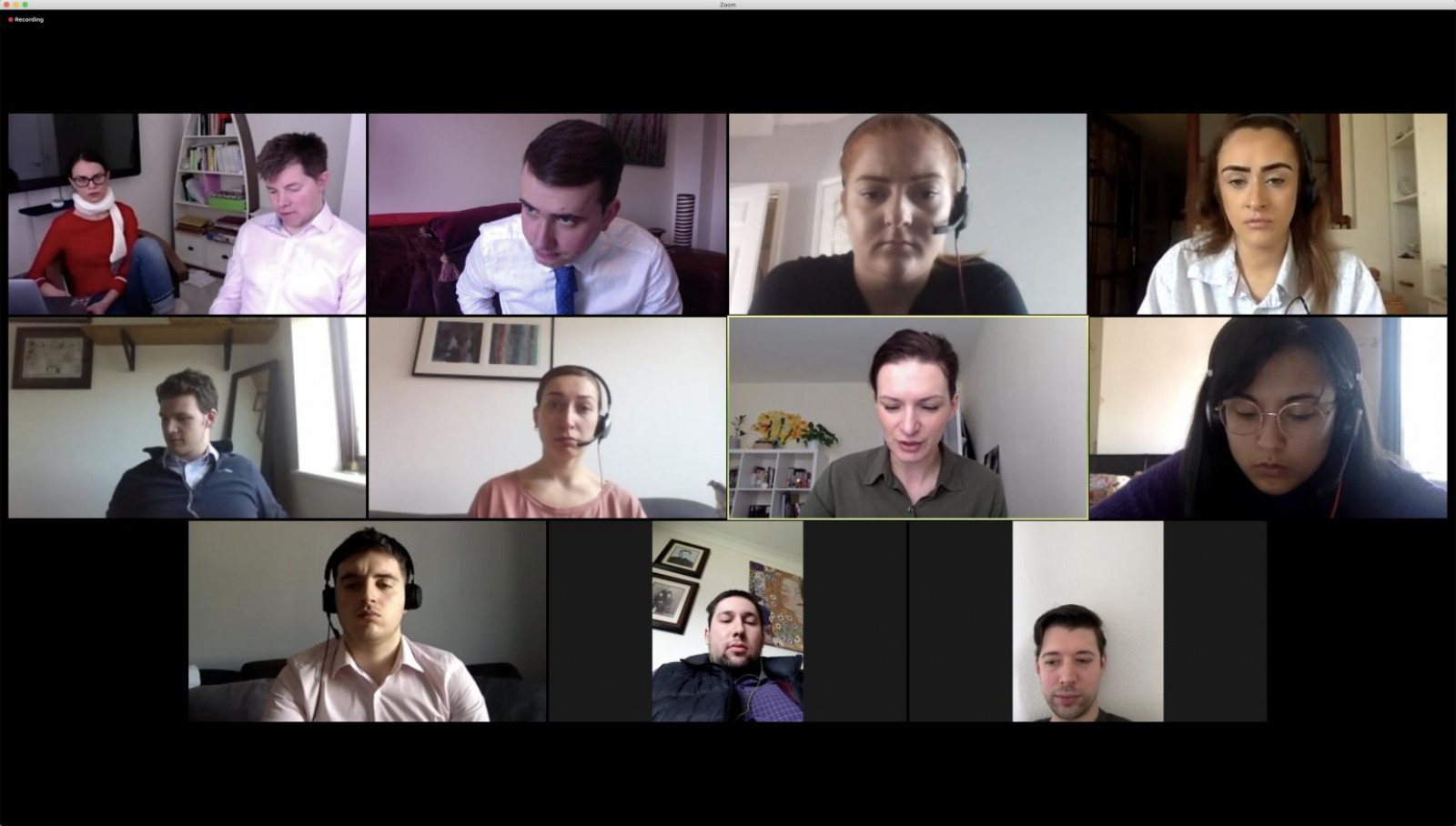Nowadays, the vast majority of salespeople are well trained and educated in the importance of building trust. Building a rapport that allows your customers to trust you is well documented as being essential to a successful sales strategy. However, do all of your methods still translate just as well, by the time you get to a virtual meeting over a physical one?
The current pandemic situation has meant that most salespeople have been forced to take their operations into the digital sphere. Face-to-face meetings and catch-ups over coffee have been wholly replaced by Zoom and the like. Whilst this undoubtedly makes things more convenient and often both time and cost-effective, many people within the industry will currently be going through a teething period in which they struggle to match their previous numbers through this virtual medium.
This teething period can largely be explained by one particular issue, the heightened challenge of building trust through a screen. Physical and social cues play a huge part in building trust, for example, and these may not be getting communicated to your customers so seamlessly. For example, simply the way in which you are positioning your camera and accentuating yourself may be the current difference in you hitting your targets via virtual meetings.
Why Is Building Trust Often More Difficult Through a Screen?

It isn't a hard and fast rule that building trust virtually is more difficult, however, what is almost always true is that the way in which you build trust will have to be altered to fit with this different medium. The most common reasons for a breakdown in trust via virtual sales meetings include:
- Extended Distance: Our brain looks for and requires "similarities" when building trust with someone. The shared physical space of a meeting room makes it easier to establish these similarities, whilst the distance associated with a virtual meeting can make it harder to initially find these.
- Misunderstanding: There are many well-documented studies that show the majority of professionals find it more difficult to interpret social cues online compared to in real life. Unclear body language may facilitate someone using more artificial cues to compensate for this new medium, however, such artificial cues are often associated with lying and could provoke the prospect's intuitive detection of distrust, ultimately undermining credibility within the meeting.
- Unfamiliarity and Safety Concerns: For many prospects, virtual meetings will not be a familiar environment and it is very possible that they have safety concerns about the legitimacy of online transactions, or, they simply have a more implicit unease associate with making decisions "just" based on meeting someone through a screen.
What Are the Solutions for Building Trust Virtually?

Building trust through a virtual meeting is by no means impossible and it does not necessarily have to be harder, just so long as you are conscious of this new medium and how you may need to tailor your old habits accordingly. Some things to bear in mind in order to facilitate a more trusting environment during your virtual meetings include:
- Build Familiarity Beforehand: One way in which you can lay the foundations for familiarity is to ensure that your pre-meeting information matches your website and your brand. For the salesperson conducting the meeting, it can also be important that the prospect has a good understanding of what they look like and even what environment they will be conducting the interview in, so they are not surprised by what they see in the meeting. Sending a Loom video introducing yourself can be a great way to do this.
- Be Mindful of Body Language: The most important takeaway here is to be aware of video limitations. Ensure that any gestures you want to make can be seen clearly and understood. An easy way to facilitate this is to sit further away from the screen so that your prospect can see yourself fully and your social cues in their entirety.
- Eye Contact or Camera Contact? You don't need us to tell you that eye contact is important for building trust and rapport with someone, however, when conducting a virtual meeting, it is easy to forget that to be making eye contact with your prospect from their perspective, you will need to be looking towards the camera, not the person. Of course, you need to look at the prospect to gauge their reaction and it is natural to do so during a conversation, however, you can still maintain the benefits of eye contact within the physical world by simply looking into your webcam at the end of your speech to give the social cue that you have finished your point.
- Accentuating Other Social Cues: Another important social cue you can empathise with your body language is leaning towards the camera when you are speaking or signal you want to make a point, whilst simply leaning back to make it clear you are actively listening and engaged with what they are saying.
Embrace Industry Change and Join the Manufacturing Region's First Virtual Exhibition

Over the course of two weeks, Made in Group will be hosting many virtual meetings at our groundbreaking exhibition. Beginning 17th August 2020, Made will launch a digital exhibition "with a big difference” called Backing Britain 2020 Live - an immersive experience between the digital and physical which will take place over two weeks:
Book Your Place

